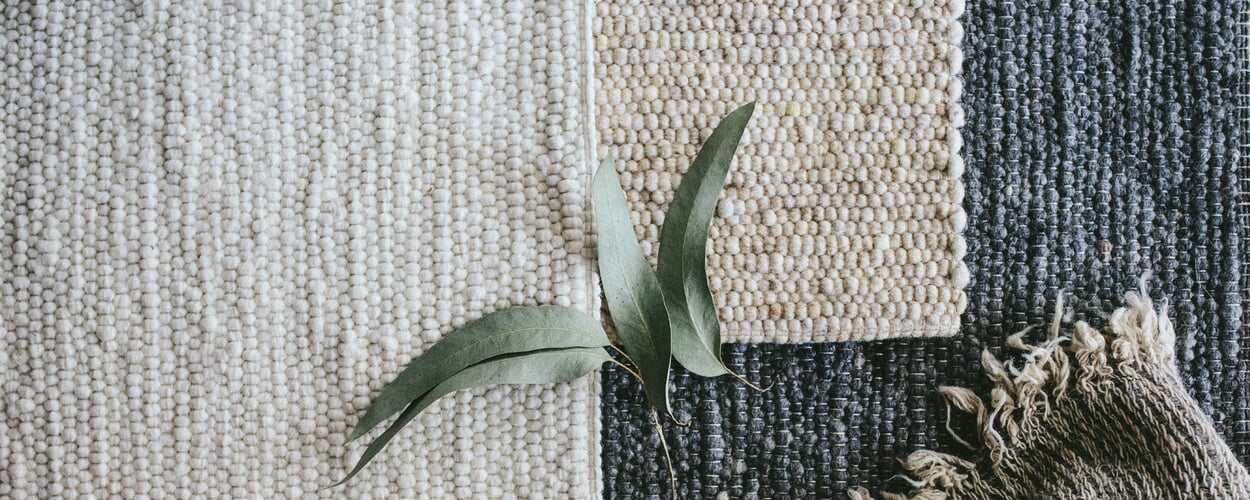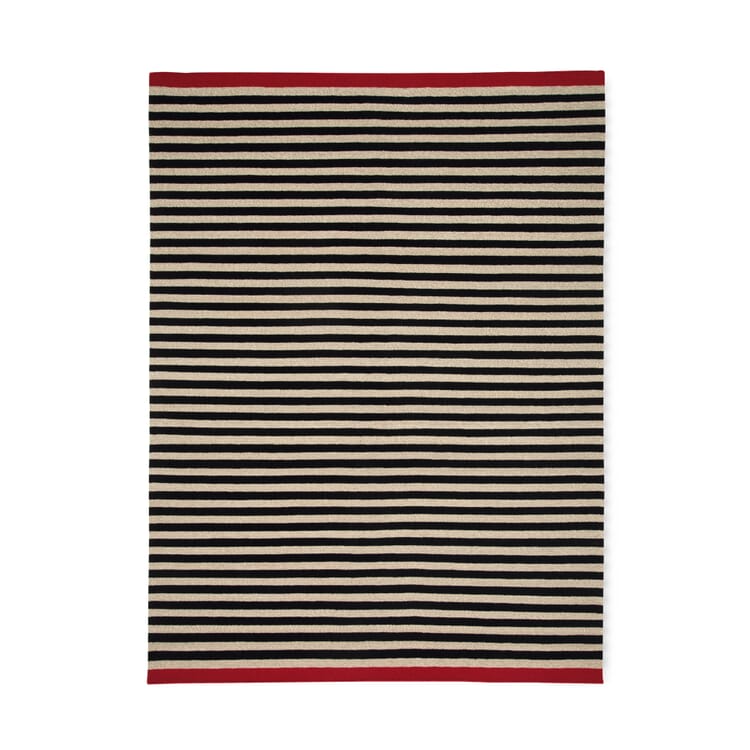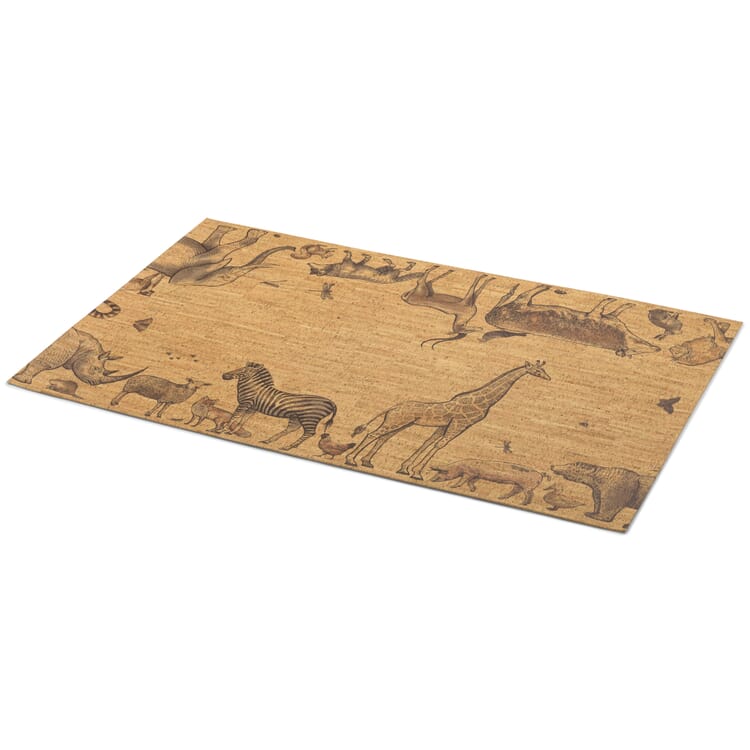Helpful tips
Naturally antistatic. Natural fibers as carpet material
If one were to imagine the materials from which carpets are made in the form of a pyramid, the man-made polyamides would sit at their base like heavyweight Buddhas with a market share of just under 70%. Not without reason, since they are comparatively inexpensive to manufacture and also extremely hard-wearing. Viewed from the perspective of sustainability, however, their ecological footprint is enormously poor. This is quite different with natural materials such as virgin wool or coconut.
Virgin wool scores especially (but not only) in terms of indoor and indoor climate:
- It stores moisture from the air, but without feeling clammy. If the room climate tips to the dry side, it releases the moisture again. Nevertheless, it is not recommended for damp rooms, because permanent wetness can lead to mold. In the living room or bedroom, on the other hand, its moisture-regulating properties act like a natural air conditioning system.
- Wool is basically antistatic and therefore quite resistant to dirt.
- At the same time, it is extremely soft, provides excellent insulation and creates a homely atmosphere.
- The woven pure new wool carpets in the Manufactum range can be used on both sides and should ideally be turned over several times a year. In this way, the smallest dirt particles that could not be removed by vacuuming are knocked out when stepped on, collect on the floor underneath the carpet and can be easily wiped up
Coconut is a real all-rounder:
- A carpet made of coconut is above all one thing: resistant. It is therefore particularly suitable for living areas with high traffic, such as corridors and hallways. Under bare soles, it may feel a little rough - but just consider it a free foot massage.
- Coco is also anti-static, anti-bacterial, stain-resistant, moisture-regulating, while being fully biodegradable.
- Coco is undemanding in maintenance and extremely flexible. Whether as a runner, as a carpet or laid on the stairs - a carpet made of coconut shows a little more rustic, but is thereby up to all requirements.
Whichever material you choose: The main thing that we have brought you back to the carpet. And again he made up some ground.













